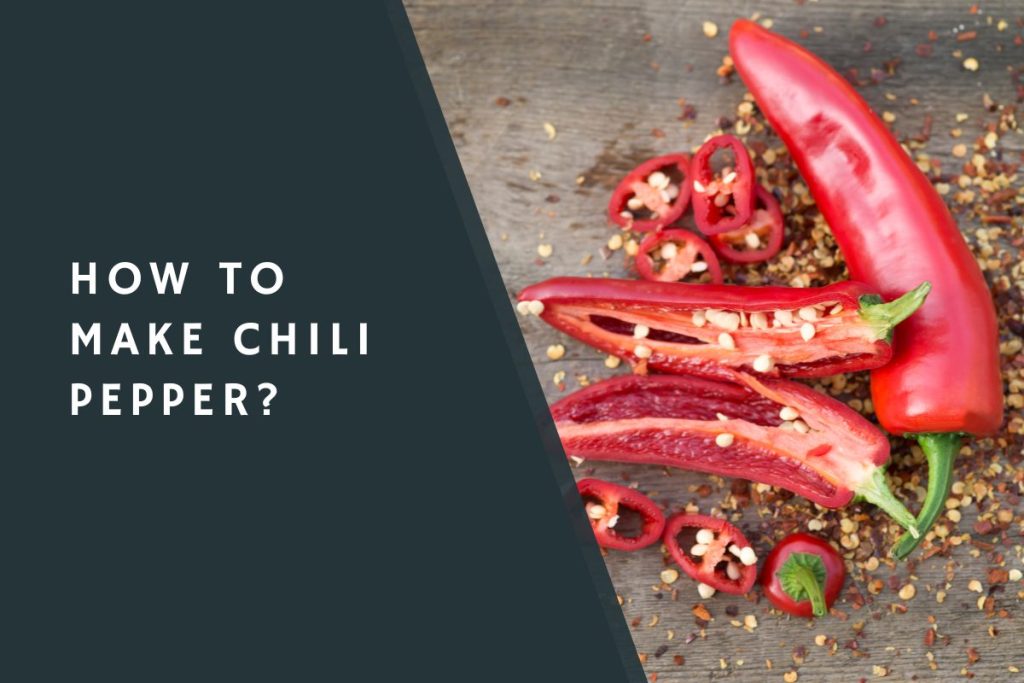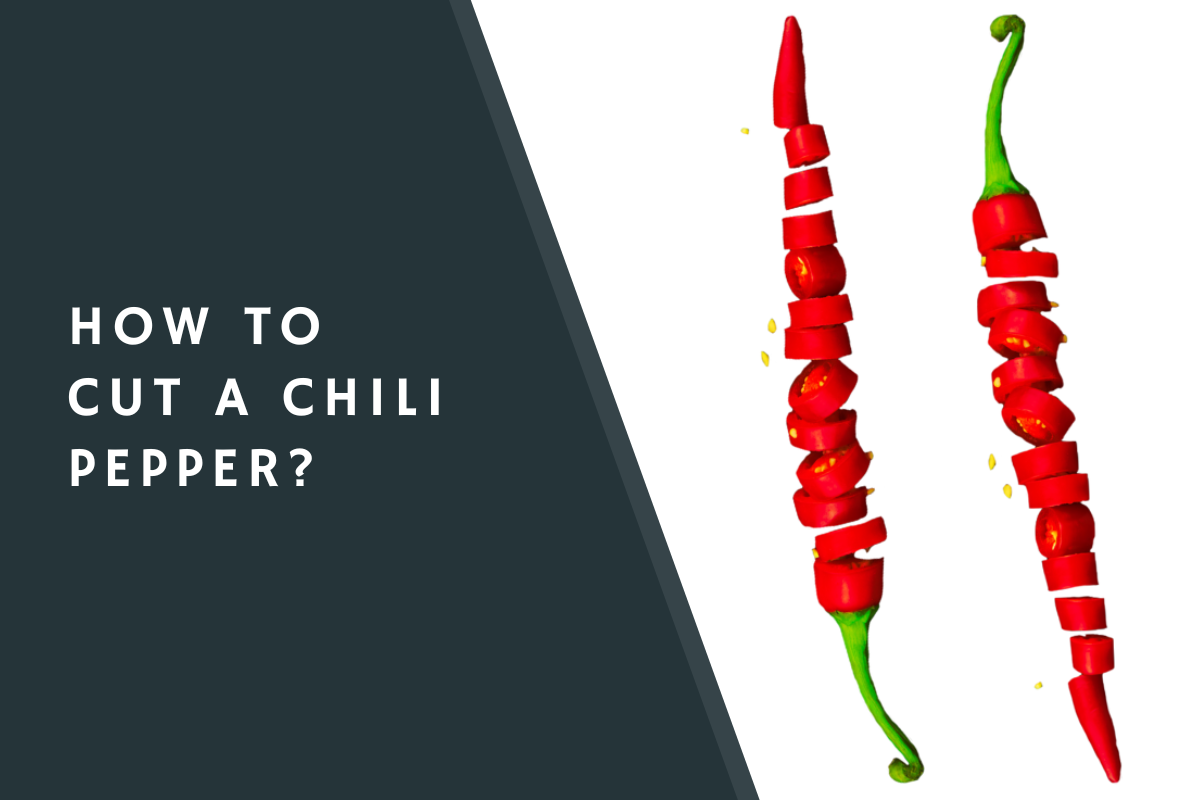If you’re looking for a way to spice up your meals, then chili peppers might be just the thing you’re looking for. From adding a mild zing to a full-on fire-breathing dragon, chili peppers offer a variety of flavors and heat levels that can make any dish come alive.
How to Make Chili Pepper?
To make chili pepper, start by washing and drying the peppers. Cut off the stems and remove the seeds. If you want to reduce the heat of the chili pepper, you can also remove the ribs. Then, dice or mince the peppers into the desired size pieces. To finish, add the chili peppers to your recipe or dish.
This blog post will tell you all about making chili pepper, step by step method to grow chili in a proper way. Read on to find out more.

See Also: How to Cook Chili Peppers?
How to Make Chili Pepper? – Guide
If you love the flavor of chili peppers but can’t always find them at the store, or if you just want to try your hand at growing your own peppers at home, making chili peppers is a fun and rewarding project. Here’s a step-by-step guide on how to make chili peppers from scratch:
Step 1. Select the Right Chili Pepper Variety
The first step in making chili peppers is to choose the right variety. There are hundreds of different types of chili peppers, ranging from sweet and mild to fiery hot.
Some popular varieties include jalapeno, habanero, and cayenne. Consider what level of heat and flavor you want in your chili peppers, and choose a variety that meets your preferences.
Step 2. Start with Seeds or Seedlings
Once you’ve selected your desired variety of chili pepper, it’s time to start growing. You can either start with seeds or purchase seedlings from a nursery or garden center.
If you’re starting with seeds, fill a seed tray or pots with seed compost and plant the seeds according to the packet instructions. Water the seeds well, and place them in a warm, sunny location.
If you’re using seedlings, choose healthy plants that have a good root system and no signs of disease.
Plant the seedlings in a sunny location with well-draining soil. Water the seedlings well and provide them with plenty of sunlight and water as they grow.
Step 3. Provide Adequate Water and Sunlight
Chili peppers need plenty of water and sunlight to thrive. Water your plants regularly, making sure to soak the soil thoroughly but avoiding standing water.
Chili peppers prefer a sunny location with at least six hours of direct sunlight per day. If you live in a hot, dry climate, you may need to water your plants more frequently.
Step 4. Fertilize and Prune Your Plants
To help your chili pepper plants grow strong and healthy, fertilize them regularly with a balanced fertilizer.
You can also add organic matter to the soil, such as compost or well-rotted manure, to provide additional nutrients.
As your plants grow, prune them to encourage healthy growth and produce more fruit.
Remove any diseased or damaged leaves or stems, and prune the plants to allow for good air circulation. This will help prevent fungal diseases and allow the sun to reach all parts of the plant.
Step 5. Harvest and Store Your Chili Peppers
When your chili peppers are ripe, they will be bright in color and firm to the touch. To harvest the peppers, use a sharp knife or scissors to cut them off the plant. Be careful not to damage the plant or any unripe peppers.
Once you’ve harvested your chili peppers, you can store them in a number of ways. Fresh chili peppers can be stored in the fridge for a few weeks, or you can freeze them for longer storage.
You can also preserve your chili peppers by pickling them, drying them, or making them into sauces or salsas.
Making chili peppers from scratch is a fun and rewarding project that allows you to enjoy the flavor of fresh, homegrown peppers all year round.
By following these steps and taking good care of your plants, you can grow your own chili peppers and add a spicy kick to all your favorite dishes.
Conclusion
Making chili pepper is a fun and flavorful way to spice up any meal. From the type of pepper to the level of spiciness, you can customize your chili pepper to your exact tastes.
Whether you’re a chili connoisseur or are just getting started, with a little bit of time and effort you can create a chili pepper that will have your taste buds craving more! I hope this blog post is helpful for you in understanding how to make chili pepper.
Read Also: How to Make Chili Pepper Sauce?
I am an accomplished tech writer with a passion for simplifying complex technology concepts. With a background in Tech, James has dedicated their career to making the intricacies of the digital world accessible to a broad audience.








